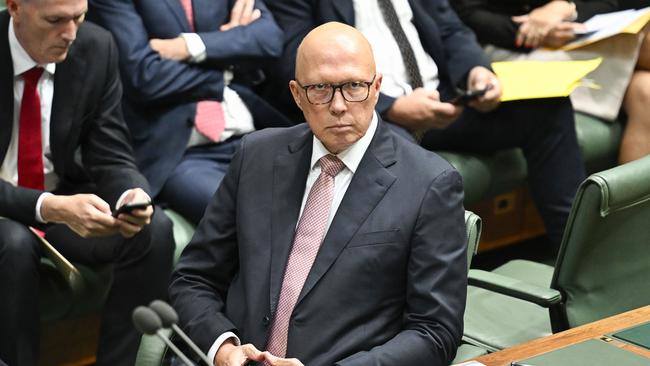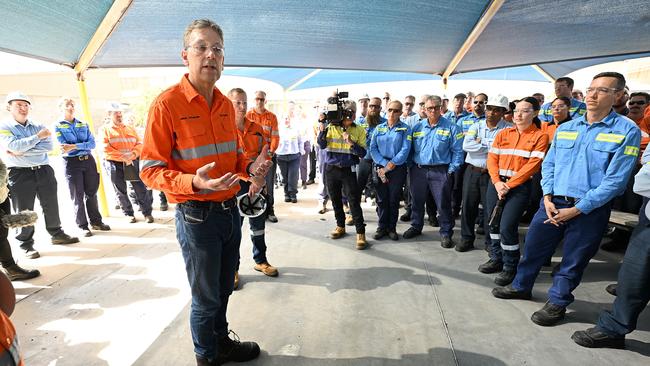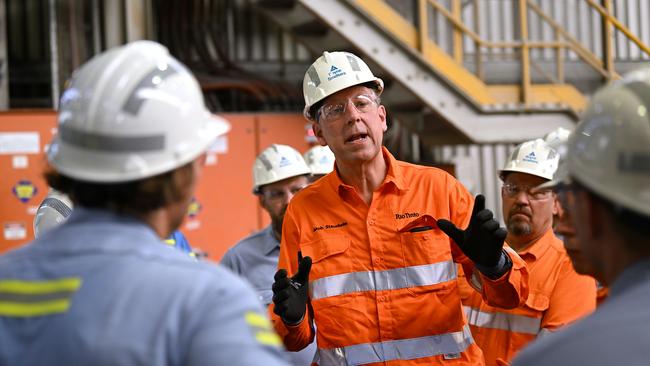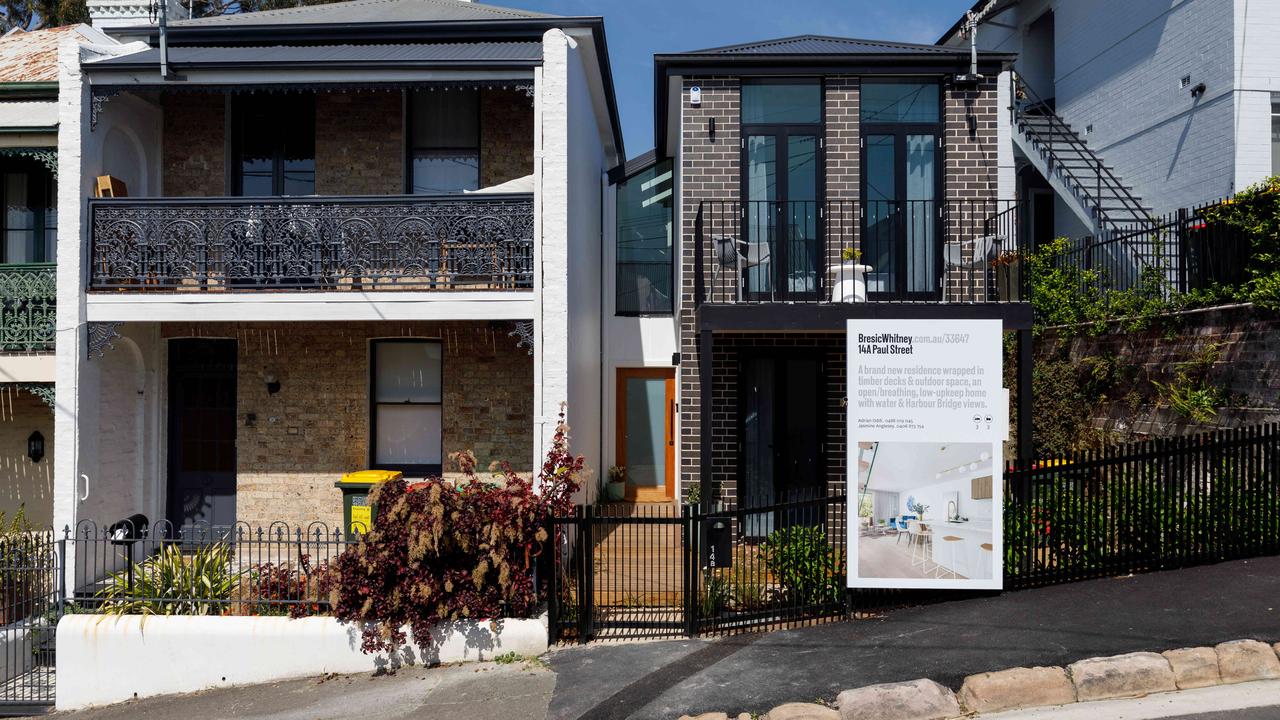Miner rejects ‘con job’ claim as battery prices plunge
Rio Tinto’s aluminium boss says its smelters in NSW and Queensland are doomed if they rely on coal-fired power stations, as cheaper battery storage for green energy becomes more viable.

Rio Tinto says cheaper batteries have opened the door to running its aluminium smelters on intermittent renewable energy in a rebuff to Opposition leader Peter Dutton.
Rio aluminium boss Jérôme Pécresse said cost was the only hurdle to relying solely on intermittent renewable power and the option was becoming more viable for the Boyne smelter in Queensland and the Tomago smelter in NSW as battery prices fell.
Mr Pécresse said the smelters were doomed if they had to rely on coal-fired power stations, and that wind and solar farms supported by battery storage held the key to their survival.
“In Australia, our two smelters on the east coast of the country unfortunately sit today on the wrong half of the global cost curve given high, coal-driven electricity costs, which are in addition on a continuously increasing trend,” he said in a LinkedIn post.
“Being on the wrong side of the cost curve means, among other things, that you do not generally generate enough cash flow to cover the level of investments which is necessary to maintain your assets and that you will have difficulties to weather cyclical market downturns.”
Rio sold the last of its coal mines in 2018 and has recently made a big leap of faith into lithium, a key ingredient in energy storage and electric vehicle batteries.

Mr Pécresse was commenting in the wake for visiting Tomago with Rio chief executive Jakob Stausholm and the Tiwai smelter in New Zealand last week.
Mr Dutton last month described the Albanese government’s move to offer $2bn in incentives to encourage aluminium producers to switch to renewables as a “con job”.
“I can’t find anywhere in the world an aluminium smelter, a high energy use aluminium smelter, that is only run on wind and solar and batteries. It’s a $2 billion con job,” he said.
The Australian Aluminium Council estimated the four aluminium smelters in Australia – Boyne, Tomago, Bell Bay in Tasmania and Alcoa’s Portland operations in Victoria - directly and indirectly employ more than 13,000 workers.
Rio has put Boyne, Bell Bay, Tiwai and its stake in Tomago on the market a number of times since 2010 and incurred some heavy losses, including almost $85m on Boyne in the four years to 2024.

The Boyne smelter’s future was secured last year under a deal with the then Queensland Labor government that could see taxpayers on the hook for hundreds of millions of dollars between 2029 and 2040 if the smelter continues to lose money.
Mr Pécresse said Rio was making a substantial balance sheet commitments to re-power smelters with a mix of renewables.
Those commitments include power purchase agreements to underpin the building of huge wind and solar farms near the Boyne smelter.
Rio is poised to become the biggest industrial buyer of renewable power in Australia through agreements to purchase the majority of electricity from Andrew Forrest-backed Windlab’s planned 1.4 gigawatt Bungaban project and a separate deal with European Energy on the 1.1GW Upper Calliope solar farm.
“It is first and foremost because we need and want to bring these smelters to the good half of the global cost curve,” Mr Pécresse said on the commitment to renewable energy.
“It is not easy, it requires some support from state and federal governments and a bit of risk-taking. But we know there are situations where it can be done, thanks in particular to the high-quality, very competitive, wind and solar resources parts of Australia are lucky to have.
“We have made very good progress in that direction for our Boyne smelter in Gladstone and have very good reasons to believe that, in addition the support of the recently-announced Federal green aluminium scheme, we can get this smelter into a much more competitive and long-term viable position.
“Smelters are agnostic to the source of the electrons which feed their sub-stations. They can technically work on any source, provided they are guaranteed to get uninterruptible power supply, as they cannot stop production.”
More Coverage
Originally published as Miner rejects ‘con job’ claim as battery prices plunge





